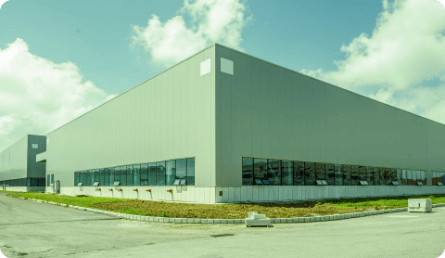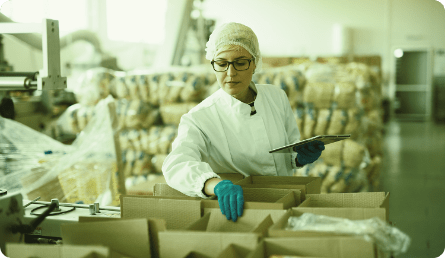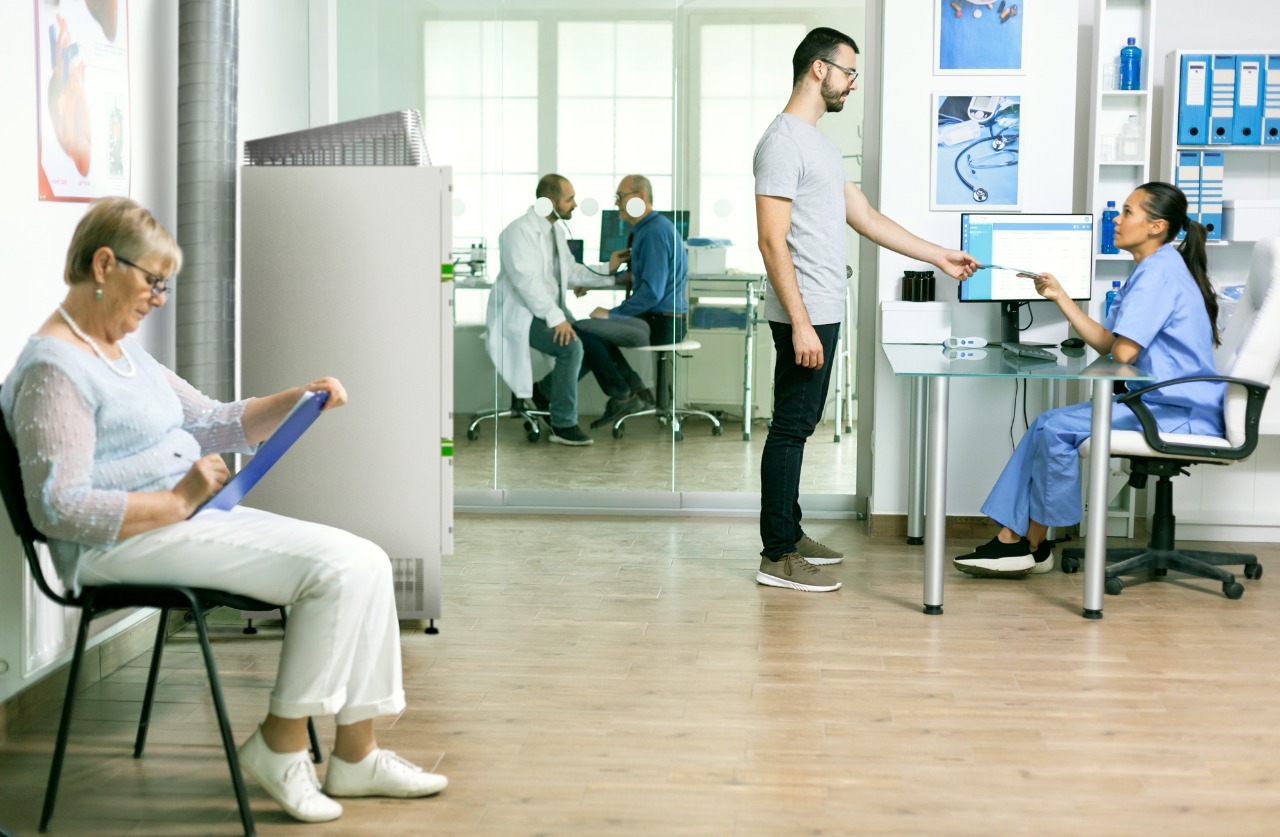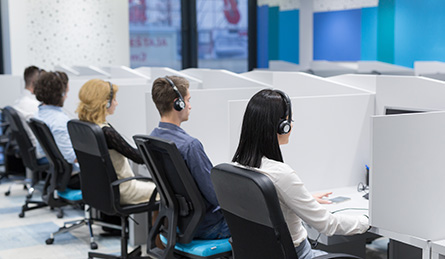
Demands to improve working environments in both production and pre-production, control, maintenance, supervision and testing areas are continually growing due to increasingly strict regulations and to technological and management development of companies. Indoor air quality is a crucial aspect of achieving safe, healthy and productive work environments. Infectious biological agents are also a considerable risk of contamination in more densely occupied environments. Often located in closed environments or with poor ventilation, these areas can greatly benefit from Purefeel’s UPR air purification and recirculation units and/or UPO Deodorization.

In pharmaceutical, food and other industries with special hygiene requirements, there are a multitude of environments that, even outside the controlled areas commonly called “clean rooms”, require superior and controlled air quality. Receiving, weighing, pre-mixing, control and process supervising areas are some of them. Infectious biological agents are also a considerable risk of contamination in more densely occupied environments. Often located in closed environments or with poor ventilation, these areas can greatly benefit from Purefeel’s UPR air purification and recirculation units and/or UPO Deodorization.

Whether located within the production area or in the offices, administrative areas, in addition to being more densely occupied, are also subject to contamination from pollutants from production processes or the circulation of people. These areas, which are normally cooled or heated, do not have suitable natural ventilation, threatening the health of the occupants by the presence of particulate, pollutant gases and microorganisms.
Studies show that the concentrations of volatile organic components (TVOC) especially formaldehydes from furniture and finishing materials, often exceed the acceptable concentration limits*. Infectious biological agents are also a considerable risk of contamination in more densely occupied environments, especially those serving the public. Often located in poorly ventilated environments due to air conditioning, these areas can greatly benefit from Purefeel’s UPR air purification and recirculation units and/or UPO Deodorization.

– Air conditioning systems equipping laboratories, as a rule, often have the side effect of decreasing the quality of indoor air due to reduced outdoor intake rates and filtering capacity*. Although most of the alternatives available on the market for indoor air purification are intended the to laboratories, few or perhaps none, in fact, meet the essential control, monitoring and management requirements needed in this type of application (see INTELIARTM). Infectious biological agents are also a considerable risk of contamination in laboratories more densely occupied or which have specific control requirements in this regard. Often located in poorly ventilated environments due to air conditioning, these areas can greatly benefit from Purefeel’s UPR air purification and recirculation units and/or UPO Deodorization.

Watch the video about an application of Air Purifiers in a Hospital Environment. The original video in English was subtitled in Portuguese by Purefeel® for information purposes only. Original video link How to Create a COVID-19 Negative Pressure Room – YouTube.


The increasingly frequent spread of epidemics and pandemics has greatly restricted the use of spaces for the intense circulation of people in private and public buildings. Part of the environments in these buildings, which quite often do not have suitable ventilation system, has a high density of occupation with the consequent risks of contamination. In addition, indoor air pollution by airborne particulate and other toxic substances from both the external environment and sources of internal emissions, represent an actual risk to occupant’s health, especially in the long term*. Infectious biological agents are, in fact, a considerable risk of contamination in more densely occupied environments. Often located in poorly ventilated environments due to air conditioning, these areas can greatly benefit from Purefeel’s UPR air purification and recirculation units and/or UPO Deodorization.

Sign up for our newsletter and stay on top of news